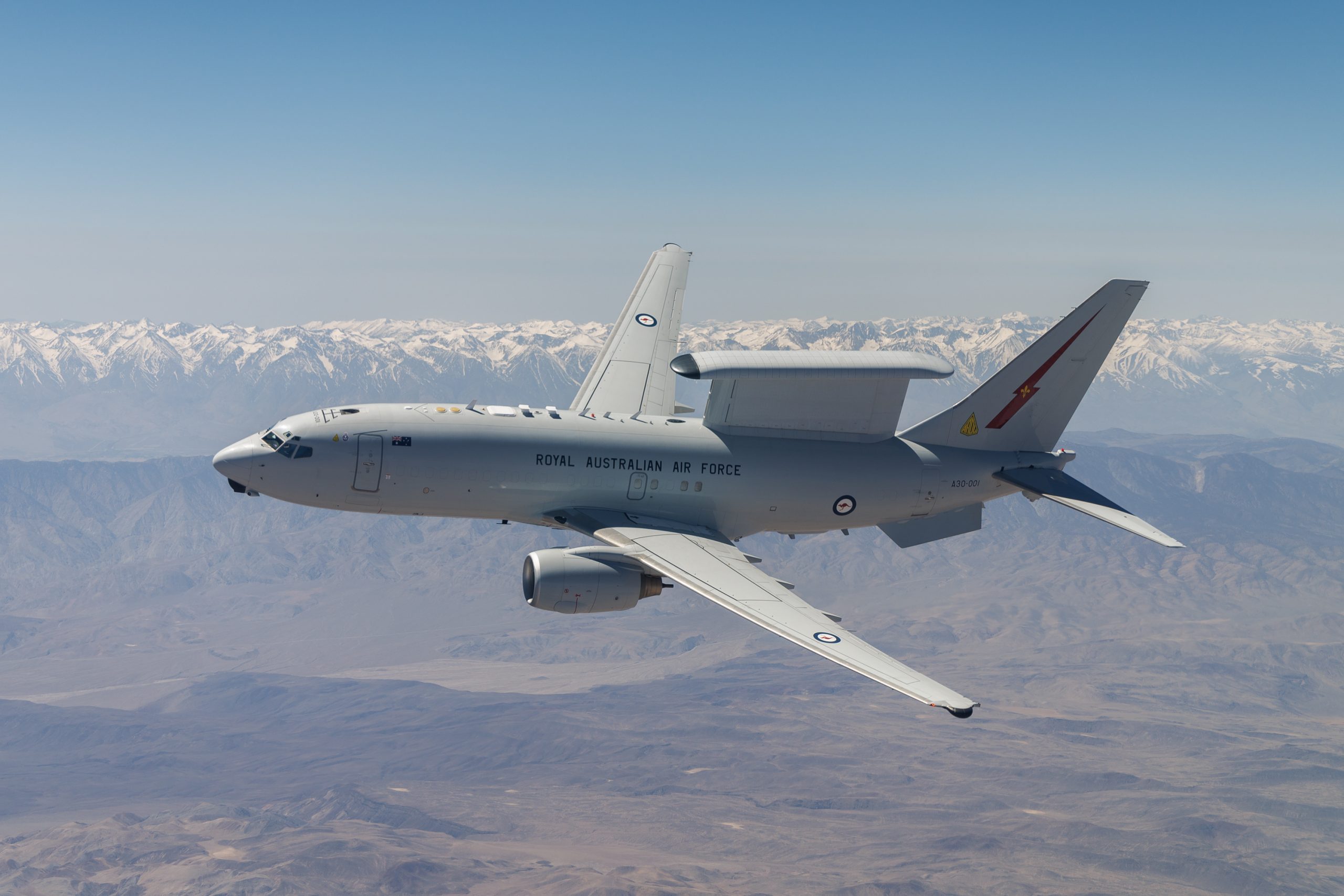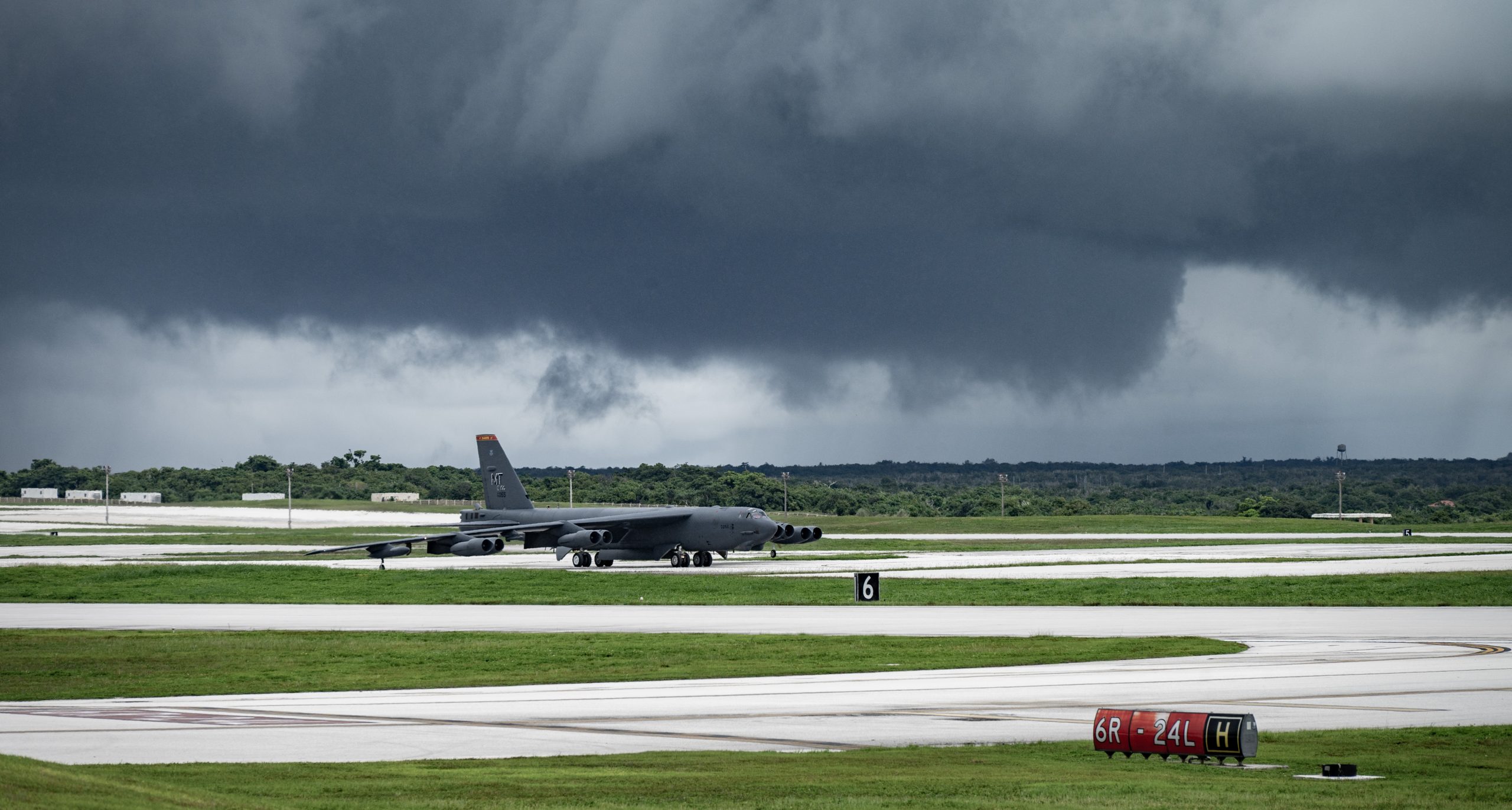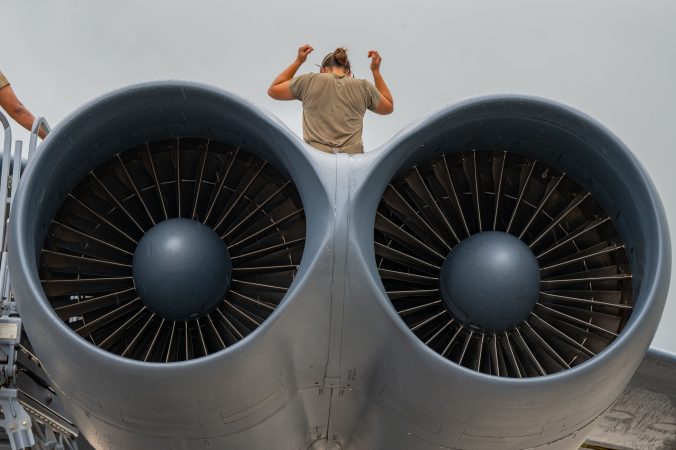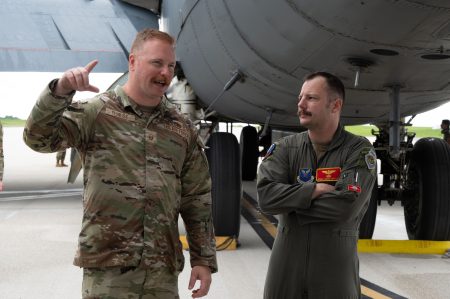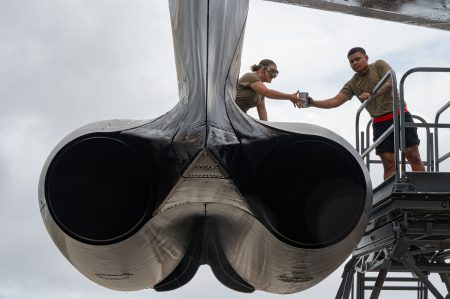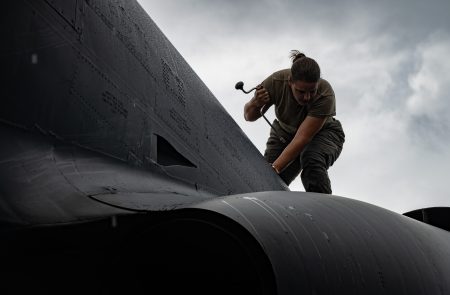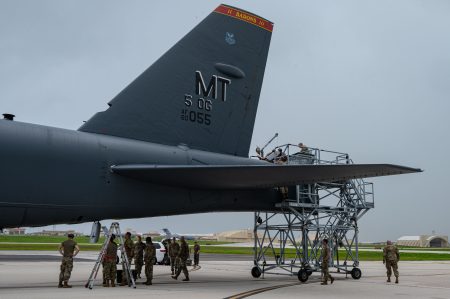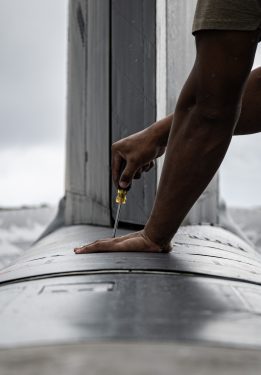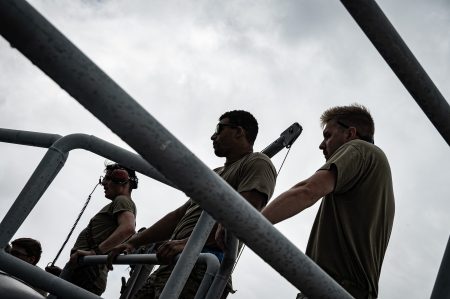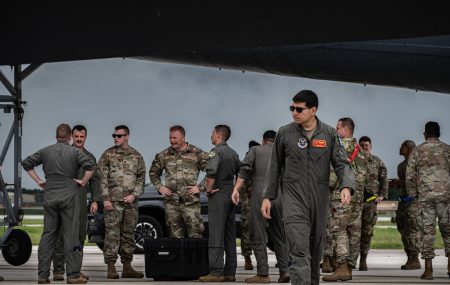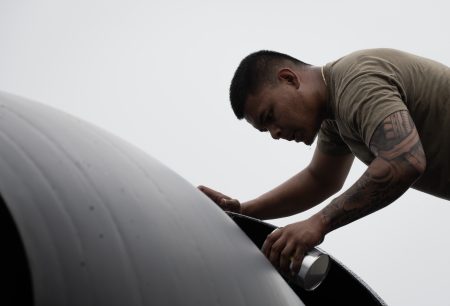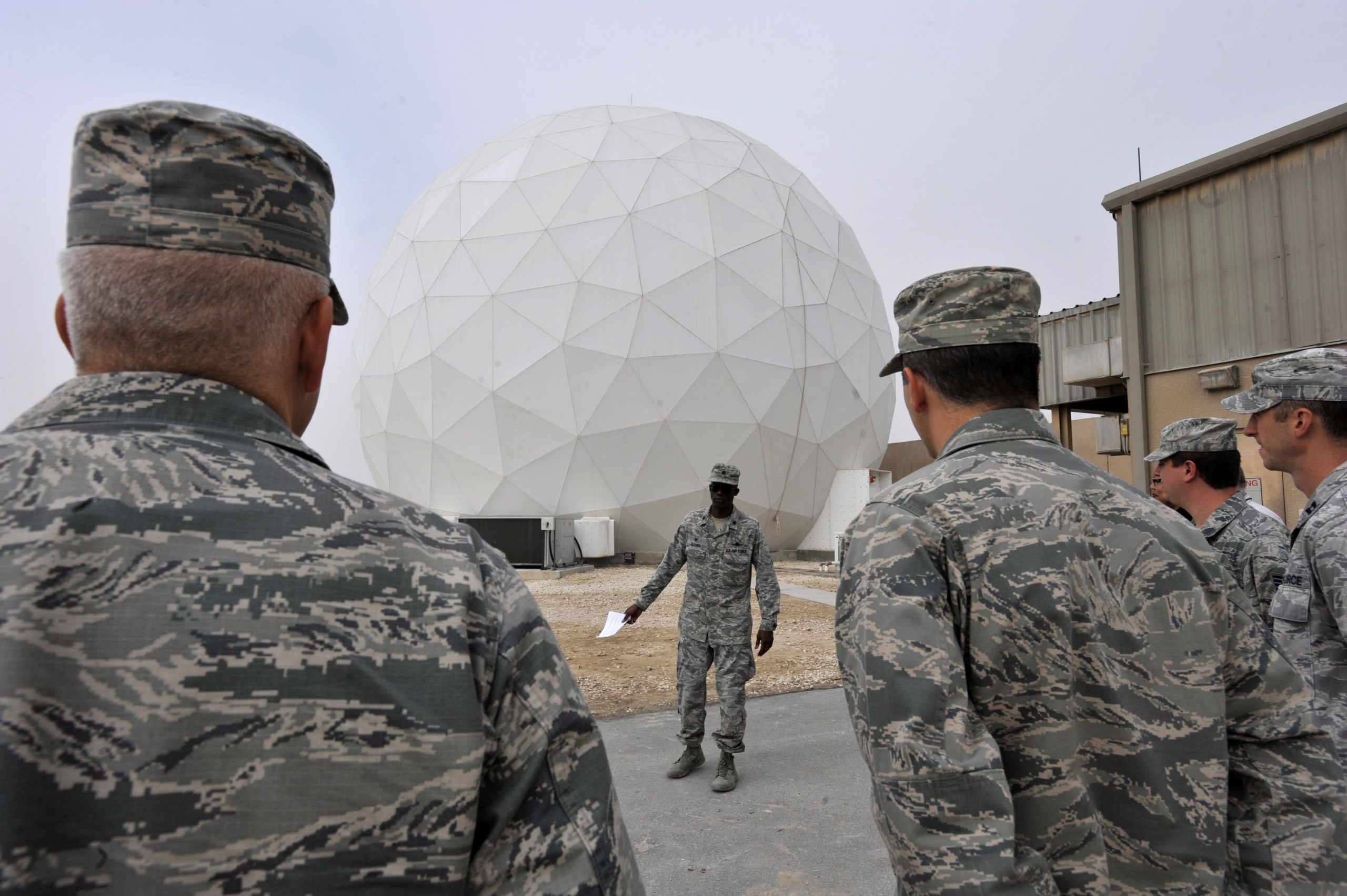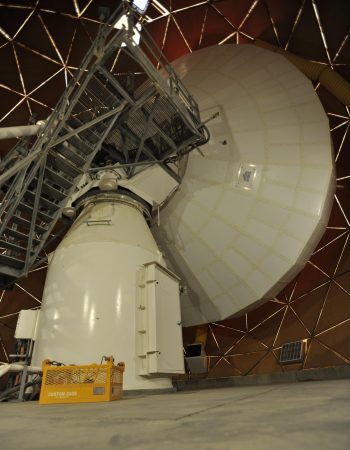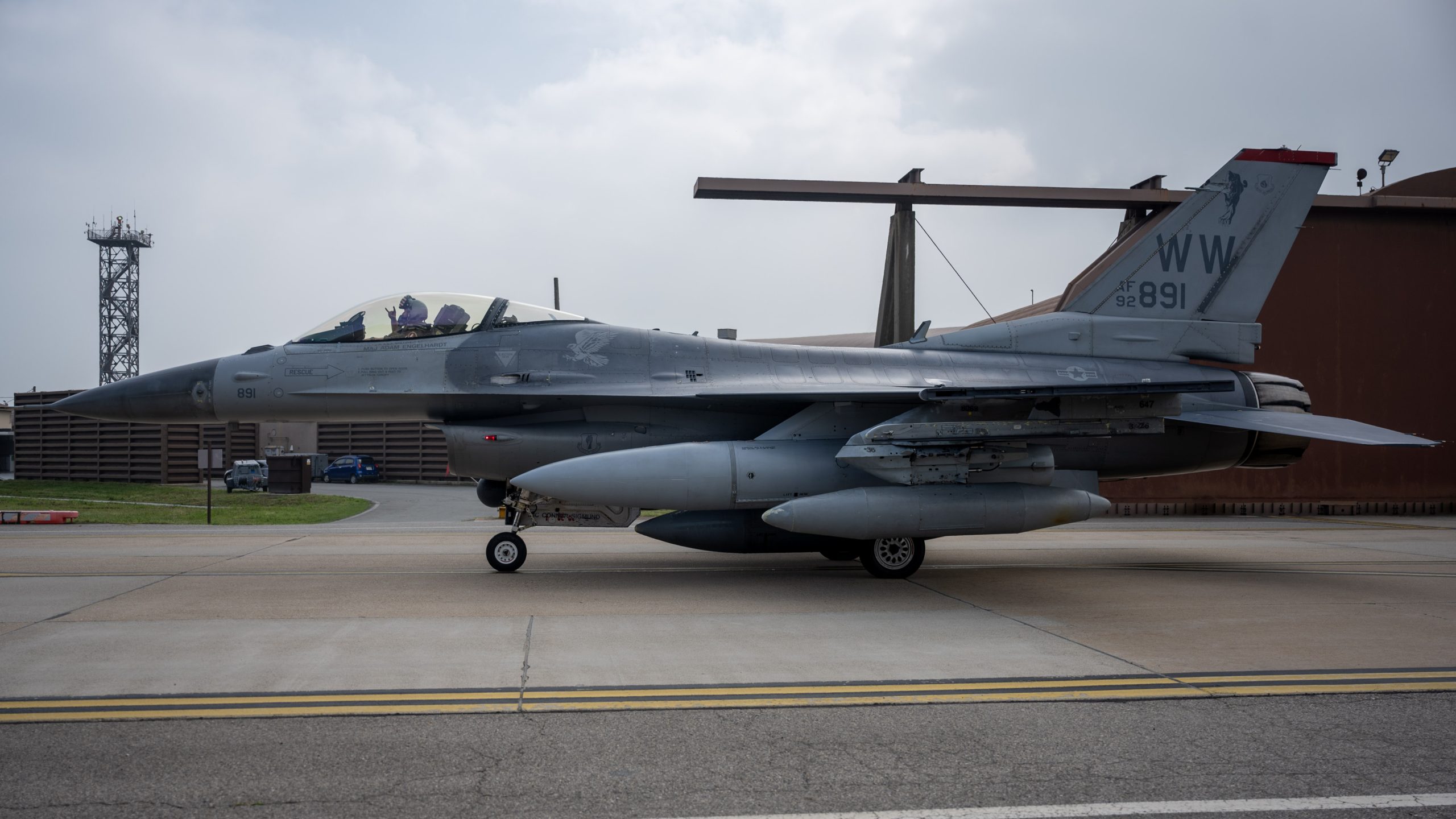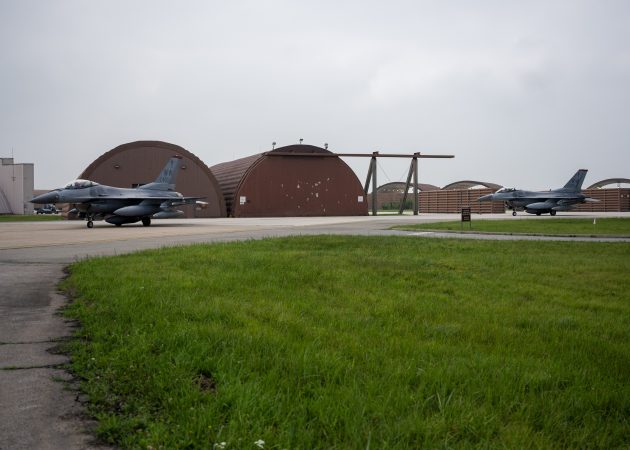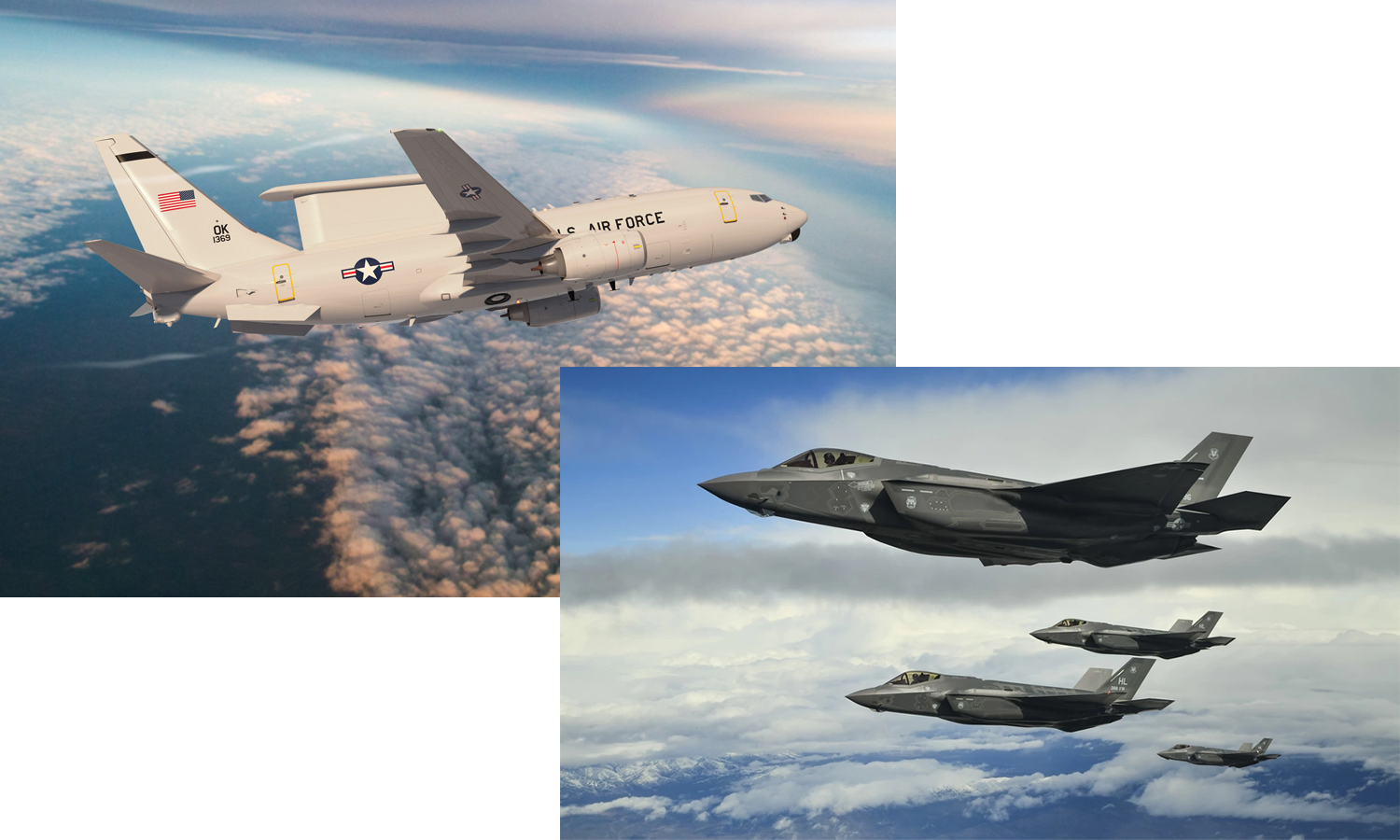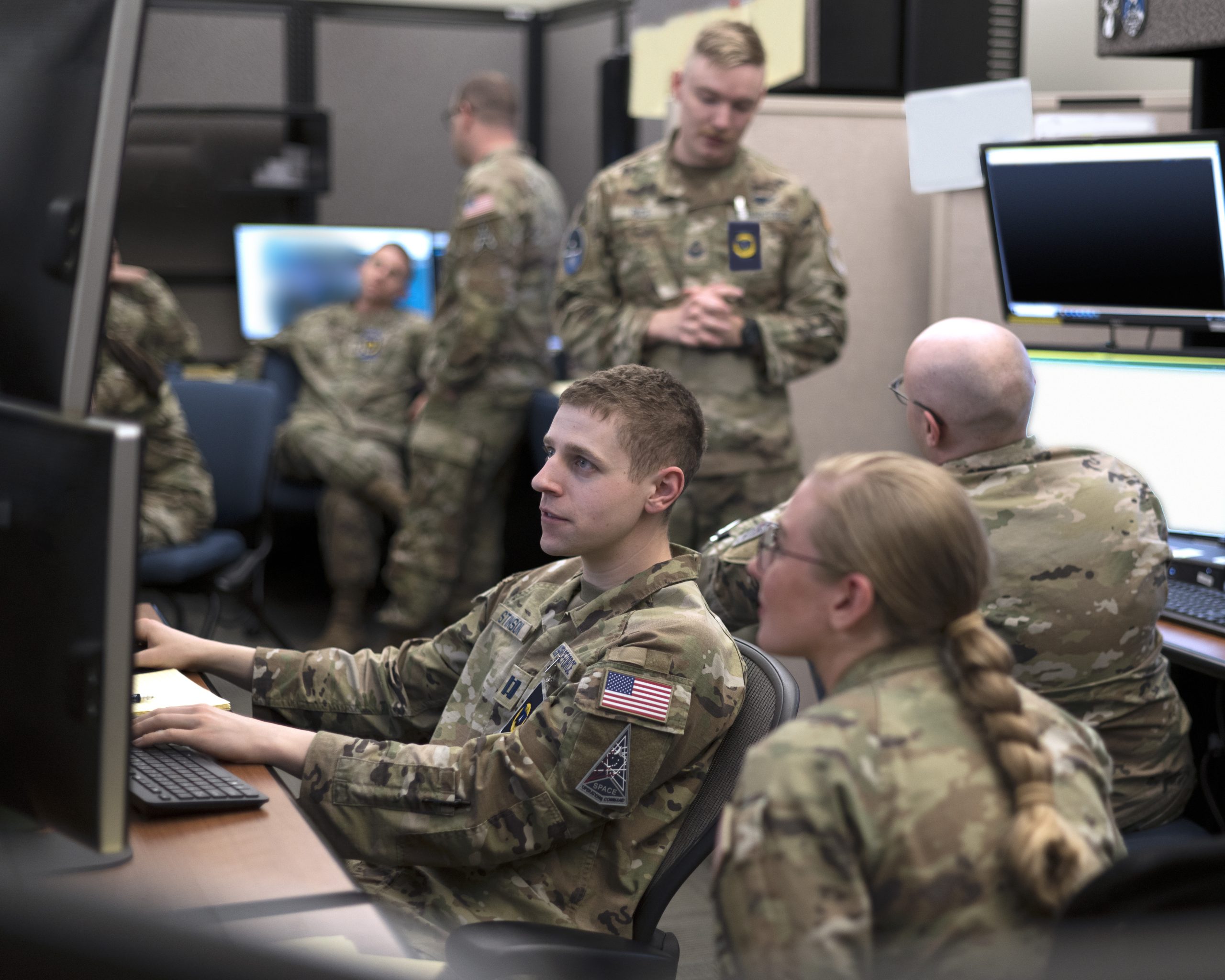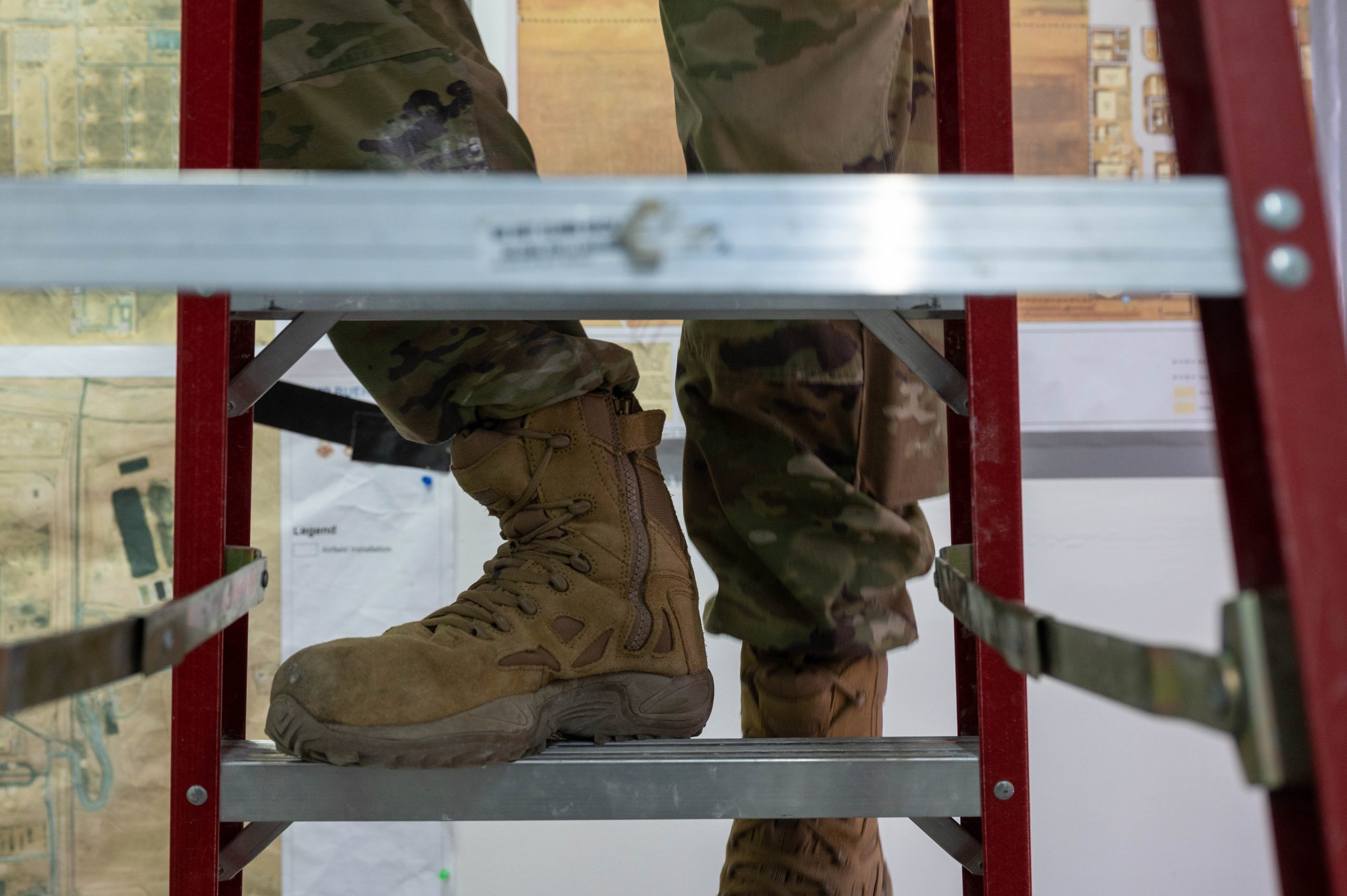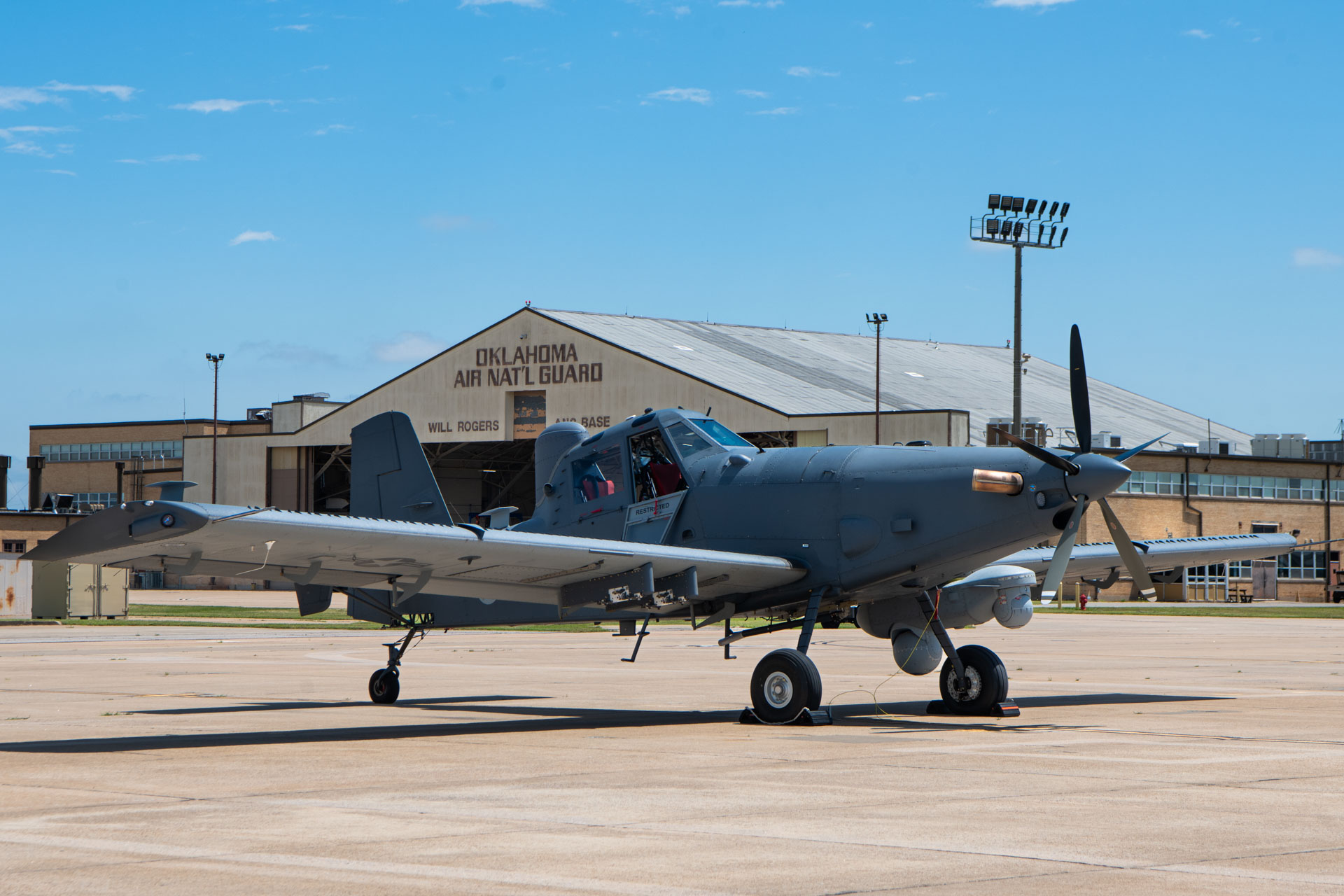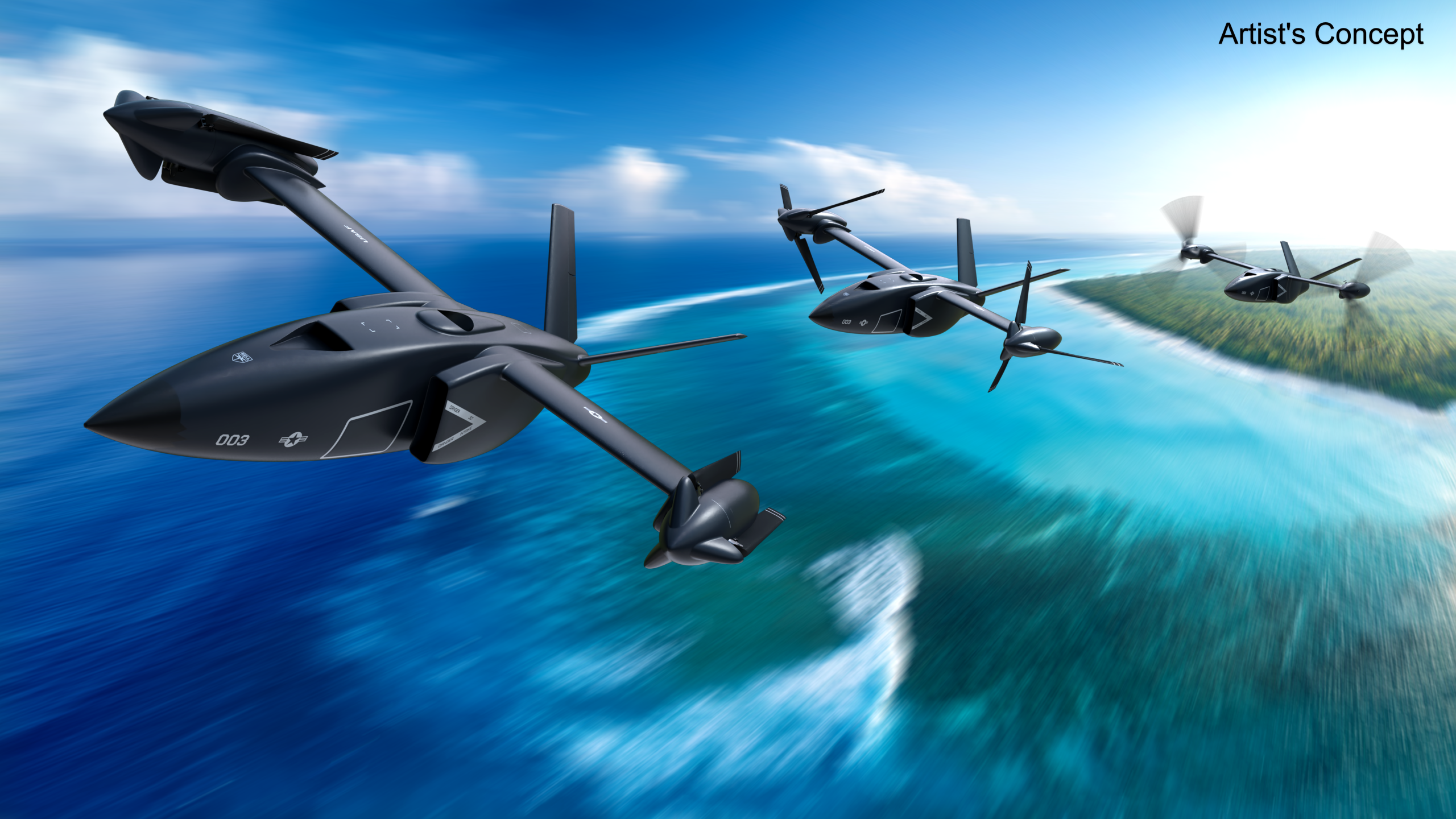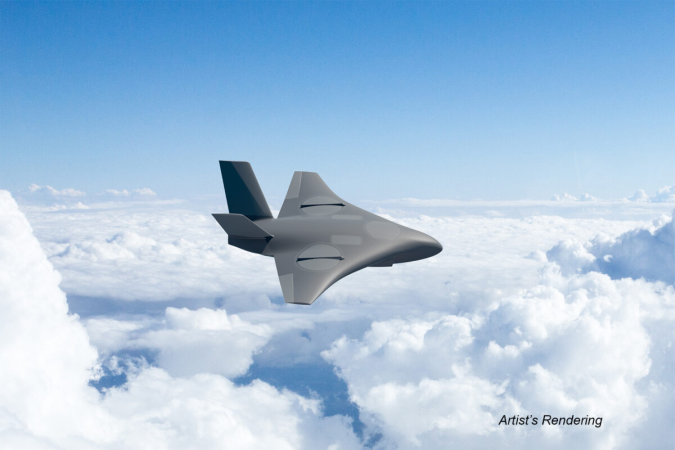Lawmakers from the House and Senate laid out competing versions of the annual defense policy bill on July 11, with vastly different potential outcomes for some of the Air Force’s most embattled programs.
The President Budget request submitted late last month includes funding for only 24 F-35A fighters, about half what the Air Force has acquired in each of the last several years. It also zeroes out funding for the E-7 Wedgetail airborne early warning and control aircraft. A group of retired Air Force generals, including six former Air Force chiefs of staff, signed a letter decrying those cuts and urging Congress to fund 75 new F-35As and to restore E-7 funding.
So far neither the Senate Armed Services Committee nor the House Armed Services Committee seem poised to adopt that plan.
The Senate committee, on a bipartisan vote, advanced its version of the 2026 National Defense Authorization bill, which authorizes—but does not fund—10 more F-35A fighter jets than the 24 the Pentagon requested for the Air Force. The committee’s plan bars the Air Force from retiring its remaining fleet of more than 100 A-10 close air support aircraft, however, jets the Air Force contends are not survivable in future peer conflict.
The House Armed Services Committee, meanwhile, unveiled its initial draft of the authorization bill, called the Chairman’s mark, kicking off a lengthy amendment process that will unfold next week. The Chairman’s version is silent on the matter of F-35s, but would authorize an extra $600 million to save the E-7 Wedgetail airborne early warning and control aircraft. The HASC mark also endorses stripping out $200 million from development of the F-35 Block 4 upgrade and $380 million in development and procurement for the KC-46 tanker, citing delays with each.
It will take months to finalize the authorization measure. Considered must-pass legislation, it will require the two chambers to first complete their respective versions and then to meet in conference to hash out differences.
E-7 Wedgetail
The E-7 is “a priority for the chairman and the ranking member”—Rep. Mike Rogers (R-Ala.) and Rep. Adam Smith (D-Wash.), according to a senior congressional staffer who briefed reporters on the HASC bill. The chairman’s mark would add $600 million to the nearly $200 million the Air Force requested for E-7 to wind down the program in 2026. The combined total of nearly $800 million would be the most invested to date in the E-7 program, which is supposed to yield a fleet of operational airborne early warning and battle management aircraft around the end of this decade.
The Department of Defense has argued that it can cut those aircraft and rely instead on space-based solutions now in development. But observers, including the retired Air Force 4-stars, questioned the wisdom of giving up a known capability for something that is as yet unproven. Space-based moving target indications is a technology Air Force and Space Force officials believe will be viable eventually, but could prove vulnerable to jamming and other countermeasures.
Notably, the HASC markup does nothing to scale back the Pentagon’s space-based investments in air and ground moving target indication, enabling that development work to continue.
At a July 10 media roundtable, former Air Force Space Command and U.S. Strategic Command boss Gen. Kevin P. Chilton said both efforts are needed. “There’s a tension here between deployment of assets that support the terrestrial fight and the real and present need for assets in space that support the space superiority fight,” he said. “And so there is going to be—there is—a huge demand signal on these low-Earth constellations that we want to put up. And so I’m a huge proponent of them, but I’m also a huge proponent of an air-breathing capability in the air-breathing domain to be able to do these same mission sets, whether they be reconnaissance, or GMTI, or AMTI.”
The Senate Armed Services Committee, in its version of the authorization bill, made no mention of the E-7 in a lengthy executive summary. The full text of the legislation has yet to be released.

F-35
In a list of 15 provisions in the bill affecting Air Force programs, the SASC executive summary notes that its version authorizes procurement for 34 F-35As. But while that’s 10 more than the Pentagon request of 24, it’s down from 44 in the 2025 budget. Worse, it’s far below what’s needed to rebuild a shrinking Air Force fighter fleet, the former Air Force leaders said.
The Air Force has argued for years that it needs to buy 72 new fighters a year to gradually reduce the average age of its fighters. But former Air Combat Command boss Gen. John M. Loh said even that number might not be enough to match current demand for airpower.
“We have desperately few and so 72 might not be the right number,” Loh said. “But it is, in my opinion, a minimum number to build back up the fighter force structure to deal with the threats that we face.”
Congress has already funded 21 F-15EXs in the budget reconciliation action, known as the Big Beautiful Bill Act. Along with the 24 F-35As in the President’s budget request, that would account for 45 fighters in fiscal 2026. The House committee would authorize 10 more F-35As, but it would be up to appropriators to fund those aircraft. In past years, appropriators have gone a step further and funded additional aircraft above and beyond the authorization committee numbers.
Lawmakers in both chambers have been critical of F-35 maker Lockheed Martin over program delays and cost matters. The HASC chairman’s mark signaled that displeasure by cutting $208.7 million from F-35A research and development, specifically citing “Block 4 delays.” Block 4 encompasses a series of upgrades intended to enhance F-35 capabilities, but software and other delays have dogged the program for more than a year. On the other hand, instead of looking fund future capabilities, the HASC mark focuses on boosting existing F-35 readiness, proposing to invest an extra $250 million for spare parts.
A-10 and KC-46
The Air Force’s tortured history of trying, and failing, to retire the A-10 has dragged on for nearly two decades, and continues to be a frequent source of congressional angst. The A-10 “Warthog” is as beloved by ground-pounders as it is reviled by air experts, who see it as slow, outdated, and not survivable against advanced air defenses. Much of the fleet is in the Air National Guard, which has fierce support in Congress.
Lawmakers had seemed to accept A-10 cuts in recent years, but this year they appear poised to hold the line against the Air Force’s plan to accelerate divestments and retire the entire fleet in 2026. The Senate version takes a hard line, proposing to ensure the inventory cannot “drop below 103 aircraft in FY26,” according to the executive summary. And while the House chairman’s mark did not touch the A-10, the senior congressional official told reporters that several HASC members have strong feelings on the issue and are likely to introduce an amendment.
Another fault line between the House and Senate versions concerns the KC-46 tanker. After years of delivery pauses, deficiencies, and slow progress on resolving some of the stickiest issues, the Air Force appears to double down on the Pegasus in its fiscal 2026 budget request, continuing current purchases and paving the way for additional KC-46 buys once the current contract is through.
House lawmakers appear unconvinced that the Air Force is on the right track. The chairman’s mark would cut the authorization for KC-46 by $300 million, potentially trimming the buy by one or two aircraft next year. The House measure also proposes trimming research and development for new KC-46 capabilities by $80 million, citing a “program delay.”
